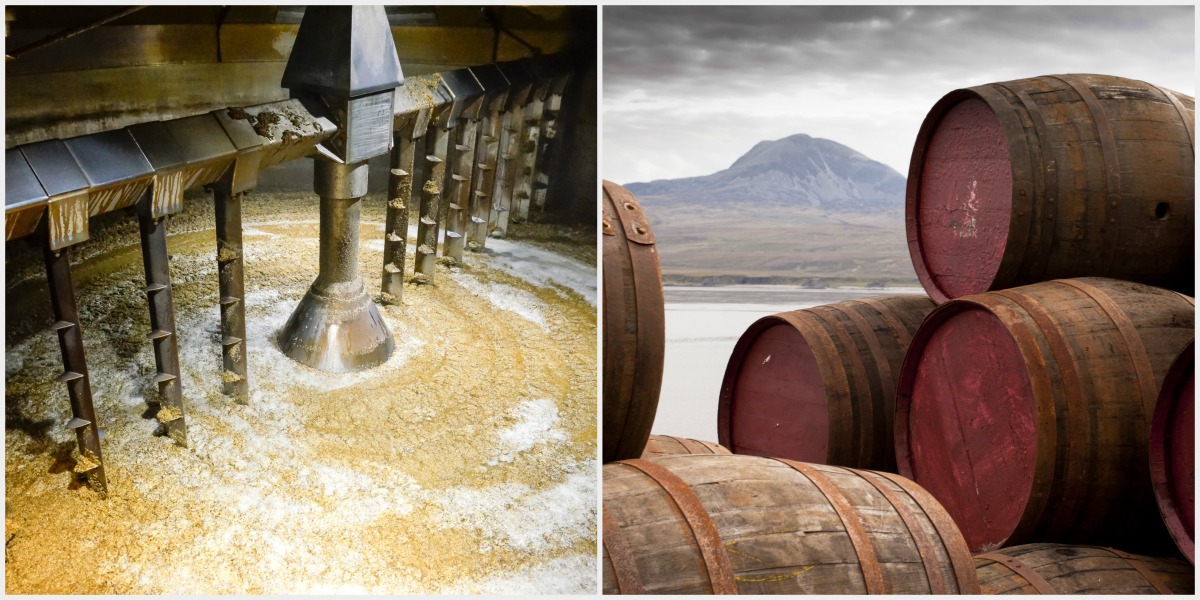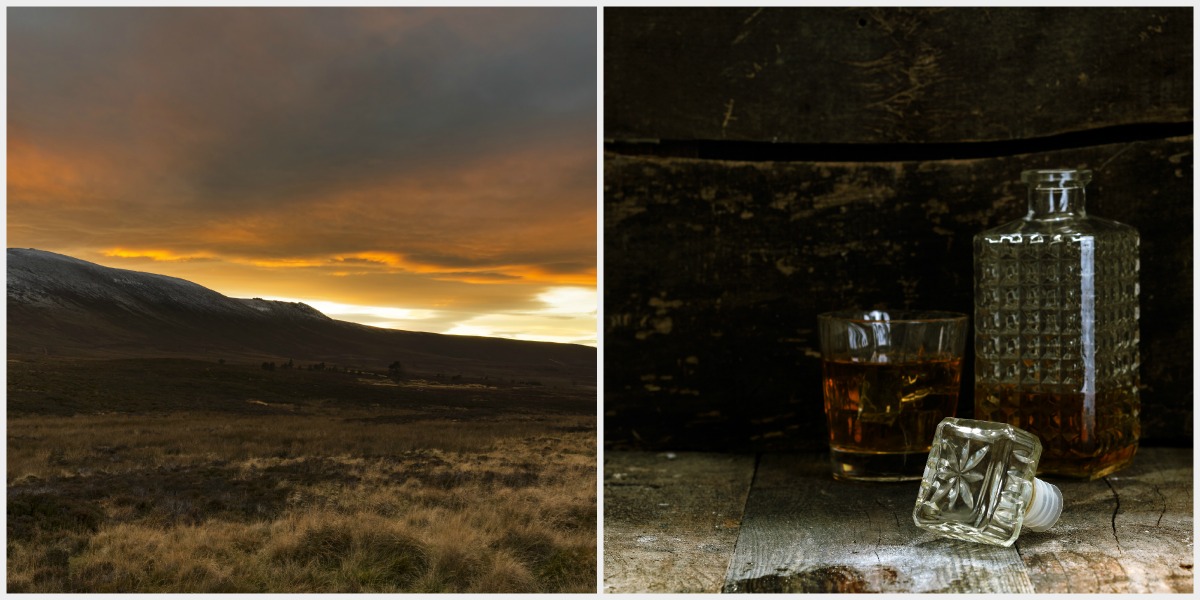Smoke, earth and a little bit of magic go into making some of the world’s most alluring peated whiskies, as Nicole Curin-Birch discovers
Truth be told, I’ve never been much of a whisky drinker. Drinking whisky straight up is something I’d imagined men of a certain age doing: tough cowboys in westerns, grizzled bikers having one for the road or, conversely, plummy toffs at a grand British pile wanting to warm up after the hunt.
As it turns out, I’m completely wrong. Whisky is the drink of choice for all sorts of people and, according to Calem Chadwick, National Brand Ambassador for Beam Suntory, there is a type to suit everyone.
“Just like wine has many different varieties, whisky has all sorts of categories and subcategories. There is a whisky to suit every palate – from sweet, to bitter, to hot – it’s just a case of doing a bit of tasting to see what you like,” he says.
Right now, and perhaps because smoky flavours are trending in the culinary world, peated whiskies are proving among the most popular.
“Peat whiskies are the original Scotch whiskies,” says Calem. “They have been distilled the same way for hundreds of years, but they have always been a bit of a niche product. Now, more and more people are beginning to enjoy them and we are seeing them being produced all over the world.”
So what is peated whisky? Essentially, whisky is made using three basic ingredients: water, barley and yeast.
The Process
To convert the starch in the barley into sugar, which then becomes alcohol, the barley first needs to be encouraged to germinate. In traditional Scotch whisky distilleries this means soaking it in warm water for two to three days. Once new shoots begin to appear the process is halted quickly, so as to capture the highest sugar concentration possible. The fastest way is through heat, and the process is known as ‘malting’.
Traditionally, whisky distillers would spread layers of grains across specially vented malting house floors to allow heat from below to rise up and dry the barley. As fuel sources were scarce in Scotland they burned peat, which is earth that has been compressed over thousands of years and is made up of grasses, moss, seaweed, tree roots, dead animals and all sorts of different vegetation and soil.

Because it’s so tightly compacted, peat burns for a long time and emits a pungent and dense smoke that slowly dries out the malted barley. The longer this process takes, the smokier the barley becomes and the more distinctive the flavour in the finished product.
The grains are then “mashed” (ground down with water to extract the sugars) and the resulting liquid is called “worst”. Yeast is added to the worst to spark the fermentation process, before it is distilled and aged in oak casks. In Scotland, the liquid must be aged for at least three years before it can be called whisky.
Very few distilleries have their own malt houses these days. Most buy peated barley from commercial suppliers, while others purchase distilled whisky and combine it to make their
own blends.
Calem admits the smoky peat flavour polarises whisky drinkers. “People either love them or hate them,” he says. “There are loyal whisky customers who will not drink anything other than peated Scotch whisky and others who just won’t touch them.”
Whisky around the world
To newcomers, like me, he recommends starting with a subtle variety that has the barest hint of smoke. Our vertical tasting commences with a wee dram of 12-year-old Suntory Hibiki Japanese whisky. It’s light and slightly fruity, perhaps because it’s aged in plum wine casks,and easy to drink.
Next, another Japanese variety: Yamazaki. This too is fruity and light, which is perhaps why the Japanese more often than not drink it mixed with soda water and lemon as a pre-dinner cocktail.
Then on to Connemara, Ireland’s most famous peated whiskey. The smoky flavour is evident but it has a smooth, sweet taste and is lovely.
Laphroaig (pronounced lah-FROYG) is perhaps one of the best known single malt whiskies. Made on the Isle of Islay, off Scotland’s west coast, it’s one of the few that uses its own malted barley that is peat-smoked on site. The 10-year-old bottle I tried had a huge hit of smoke, but wasn’t overpowering. I’m not sure if it’s my cup of tea, but Calem suggests anyone who finds whisky too strong should add a drop of water, which will calm the flavours a tad and dilute the alcohol, which dulls that burning sensation.

Savour the flavour
“There is no right or wrong way to drink whisky. Some people like it warm or at room temperature, which is fine because it extends the flavour profile. Others like it with ice, which makes it more refreshing and perfect for a pre-dinner drink.”
When it comes to pairing whisky with food he recommends strongly peated versions with bold flavours like dark chocolate, blue cheese or steak. Subtle blends, like the Japanese brands, go well with sushi, noodles or soft, creamy cheese. As whisky is now doing a roaring trade in India, drinking it alongside a spicy curry is also becoming popular.
We finish our tasting with Ardmore. This is my favourite. Calem tells me it’s made in the Orkney Isles using peat comprised mainly of thousands of years of fragrant heather. The smoke is there but it also has a touch of vanilla and, best of all, a creamy finish. This is apparently because it is non-chill filtered, which means any fatty deposits have been blended in and not skimmed off the top.
Now that I’ve given it a go I’m keen to continue and can see myself adding a bottle of peated whisky to my liquor cabinet at home, especially with winter on its way.

